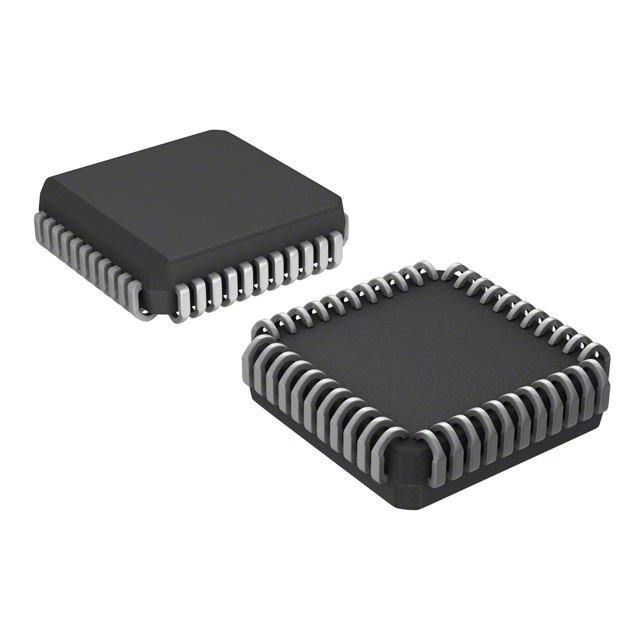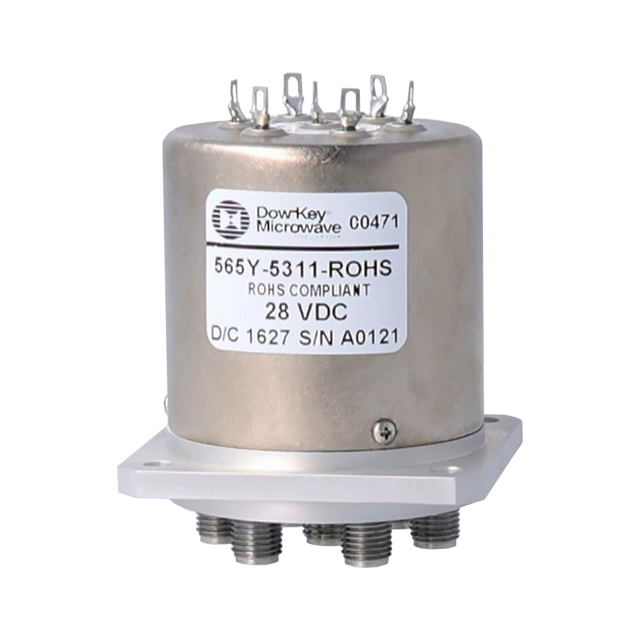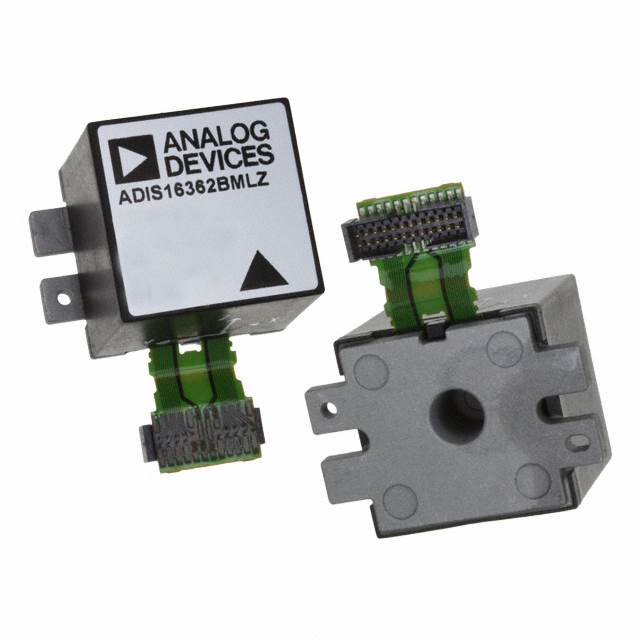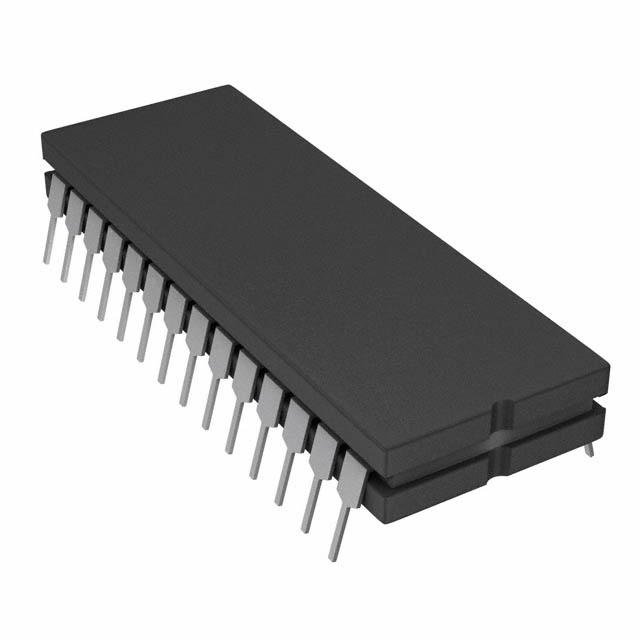
This circuitry ecosystem undergoes heightened headwinds amid the contemporary fluid ecosystem. From shortages disruptions precariousness throughout the planetary distribution chain through hurried continually shifting amplified technological innovations, sourcing electronic-grade assemblies is increasingly arduous. In order to succeed achieve handle aforementioned impediments, an evolved procurement ecosystem is forming reshaping the ecosystem. These modern state-of-the-art breakthrough upgraded platforms utilize artificial intelligence statistical learning data analysis so as to fine-tune accelerate strengthen the acquisition process, extending from supplier discovery evaluation unearthing all the way to fulfilment handover shipping.
- Immediate line-of-sight traceability monitoring features regarding warehouse inventory stock holdings availability status
- Streamlined operations ordering ordering systems purchasing processes
- Data-driven Insights-based decisions recommendations demand prediction
By means of strengthening supportive systems greater visibility collaboration data exchange across the supply ecosystem, these modern solutions are enabling supporting businesses to be able to curtail lower decrease risks, upgrade improve efficiency, and reach earn a market purposeful sustainable advantage.
Building Supplier Coalitions: Cooperative Procurement Models
Within the rapidly moving electronics sector, any company's success depends on sourcing crucial parts quickly and dependably.
Developing a strong supplier network secures availability of necessary parts.
A comprehensive partnership model supplies many gains including:
- Optimized sourcing workflows that shorten delivery time and cut expenses.
- Connection to broader component catalogs and tech options.
- Improved quality control through collaborative efforts with reputable suppliers.
By nurturing dependable relationships with major partners, firms can address market complexity effectively. Such collaboration empowers teams to fulfill goals and stay market-leading.
Microcontroller Solutions: Driving Innovation in Electronics
Embedded integrated circuits are driving the unprecedented innovation across the electronics industry. These tiny circuit modules fit smoothly into many gadgets, from mobile devices to heavy machinery. Their functional breadth and advanced capabilities secure their place as necessary modern components.
Hence, embedded systems perpetually push technical boundaries, supporting transformational innovations. They accelerate size reduction and power savings, unlocking broader application opportunities.
- Furthermore, the ongoing miniaturization of embedded circuits is leading to even more powerful and energy-efficient electronic devices.
- Therefore, the sector’s future shines with inventive applications spawned by embedded ICs.
Tomorrow’s Tech: Emerging Electronics Trends
The electronics sector is ever-changing with disruptive technologies coming into play rapidly. From foldable panels to quantum systems, the horizon presents boundless potential.
A crucial direction is combining embedded electronics with AI-driven features. Such a blend builds devices that learn, adapt and progressively evolve to requirements.
Also, market appetite for greener electronics keeps climbing. Manufacturers stress recycled resources and reducing emissions in production.
- Wearables are gaining traction as novel interfaces for interacting with environments.
- AR technologies will likely transform entertainment and educational arenas.
- Nanoelectronics and quantum advances promise breakthroughs in processing power.

Intelligent Sourcing
Given the dynamic electronics market, timely component procurement is vital. Advanced procurement tactics extend past looking for minimal cost. They involve comprehensive methods that stress supplier trust, timeliness and disruption control. By applying analytics and automated systems, companies can enhance procurement transparency and management.
An optimal sourcing strategy needs to build on these principal elements:
* **Vendor Screening and Selection:** Diligently reviewing suppliers for track record, financial robustness, quality systems and delivery reliability. * **Negotiating Supplier Contracts:** Agreeing terms that equitably balance cost and quality along with transparent payment and delivery obligations. * **Supply Network Management:** Establishing resilient systems to track inventory, forecast demand and reduce disruption risk.By putting these principles into practice, companies can achieve procurement wins such as cost savings, efficiency boosts and performance uplift. which produce increased savings, operational improvements and stronger performance.
Procurement Automation: Unlocking Speed and Accuracy
In modern electronics, efficient component acquisition is fundamental to scale production and maintain an edge. Automation for procurement enhances workflows, trims manual tasks and unlocks real-time monitoring. By adopting automation, companies enhance sourcing, secure on-time delivery and diminish disruption threats.
Worldwide Component Procurement Strategies
In the current tech transformation era, access to parts is pivotal for organizations of all sizes. Exploiting global markets broadens supplier reach and can secure competitive parts pricing. International sourcing delivers a range of perks. Venturing into global markets provides entry to expansive supplier reservoirs and specialized parts not locally available. Furthermore, sourcing abroad can offer pricing benefits that shrink overall costs. Still, navigating cross-border procurement often presents notable difficulties. Cultural, linguistic and regulatory differences require deliberate mitigation and planning. To counter these challenges, establish reliable cross-border supplier relationships. Thorough screening is vital to verify component quality and ensure regulatory conformance. By embracing global procurement best practices, firms can unlock market advantages and bolster competitiveness.
Choosing EICs: Key Considerations for Designers
As tech moves forward rapidly, embedded chips become key parts for numerous uses. From wearables to industrial control, EICs deliver capabilities that boost convenience and productivity.
Selecting the proper embedded IC for your work can be difficult. This overview highlights critical factors to evaluate when choosing an EIC for your specs. Determining your application’s particular criteria is the first phase in picking the right EIC. Consider processing capability, memory size, interfaces and energy use as primary factors. Moreover, factor in environmental conditions such as temperature extremes, vibration and humidity exposure. Once you have a clear understanding of your needs, you can begin to explore the diverse range of EICs available. Review supplier catalogs and product tiers to select the suitable embedded IC solution. Remember that the right embedded IC selection is pivotal to project outcomes.
Embedded Silicon: Solutions for Complex IC Challenges
Embedded integrated circuits are the backbone of countless modern devices, from ubiquitous smartphones to sophisticated medical equipment. These tiny integrated parts host multiple capabilities on a single die, enabling smooth system operation. Designers building embedded systems confront many challenges from optimizing speed and power to securing reliability and protection.
The IoT Revolution: Electronics Components Powering a Connected World
Internet-connected devices are changing the world with great speed. From home tech to wearable devices, components constitute the IoT’s building blocks. Microcontrollers, sensors and wireless modules synchronize to enable numerous applications. Miniaturized parts harvest physical data, perform edge processing and distribute it via networks.
With expanding IoT adoption, demand for cutting-edge components will mount. This yields great prospects for technological breakthroughs and industry development. Ongoing material, design and process innovations emerge to meet the IoT market’s shifting demands. The path ahead for IoT is promising with myriad avenues to enhance life quality.
Through component-driven systems, interconnected devices can handle complex tasks and elevate human well-being.
Green Electronics Procurement: A Guide to Sustainability
With ongoing tech progress, demand for electronics continues upward. Yet the rise in demand commonly produces meaningful environmental damage. Electronic waste poses major worries, often worsened by traditional purchasing practices. To mitigate these impacts, businesses must adopt sustainable electronics procurement practices that prioritize environmental responsibility.
- Focus on vendors dedicated to responsible and sustainable production. Advocate for SPM0408LE5H-TB-6 recycled materials and renewable resources in device builds.
- Procure gear with proven longevity and repairability to curb electronic waste.
- Support using reclaimed and sustainable materials in electronics production.

Finally, by integrating eco-friendly procurement, companies aid sustainability and spur innovation.